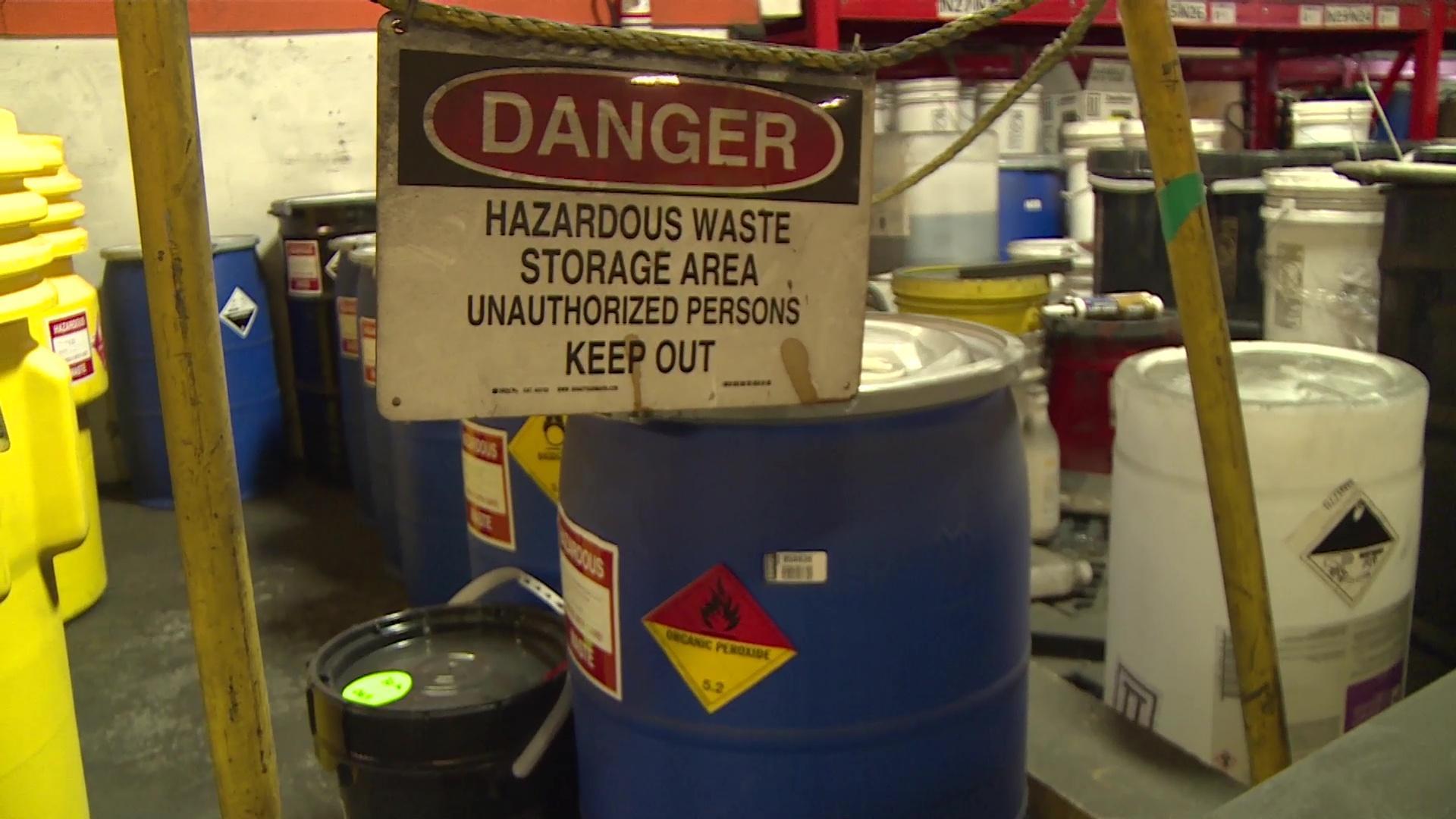The importance of DOT HAZMAT General Awareness in the workplace cannot be overstated. As a business owner or manager, it is your responsibility to ensure the safety of your employees and the public. One way to do this is by providing training on the proper handling and transportation of hazardous materials, also known as HAZMAT.
The Department of Transportation (DOT) regulates the transportation of HAZMAT in the United States. This includes setting standards for packaging, labeling, and training requirements for those who handle these materials. By complying with these regulations, you can help prevent accidents and protect the environment.
Having a basic understanding of DOT HAZMAT regulations is essential for anyone who works with or around hazardous materials. This includes employees who handle, package, load, or transport these materials, as well as those who may come into contact with them in the course of their work.
DOT HAZMAT General Awareness training covers important topics such as identifying hazardous materials, understanding labeling requirements, and knowing how to respond in an emergency. This training can be provided through online courses, in-person seminars, or on-the-job training.
In addition to complying with regulations, providing DOT HAZMAT training can also have a positive impact on your business. A safe and compliant workplace can help reduce the risk of accidents and injuries, leading to lower insurance costs and fewer lost work days. It can also help improve employee morale and productivity, as workers will feel more confident and competent in their job tasks.
Investing in DOT HAZMAT General Awareness training is a smart decision for any business that deals with hazardous materials. By providing this training, you can ensure the safety of your employees and the public, comply with regulations, and improve your business’s bottom line.
Do you need Online Training for DOT HAZMAT General Awareness?
Try a free demonstration of our DOT HAZMAT General Awareness training, where you can see the full content of the training program and how the system works from the perspective of the trainee:










